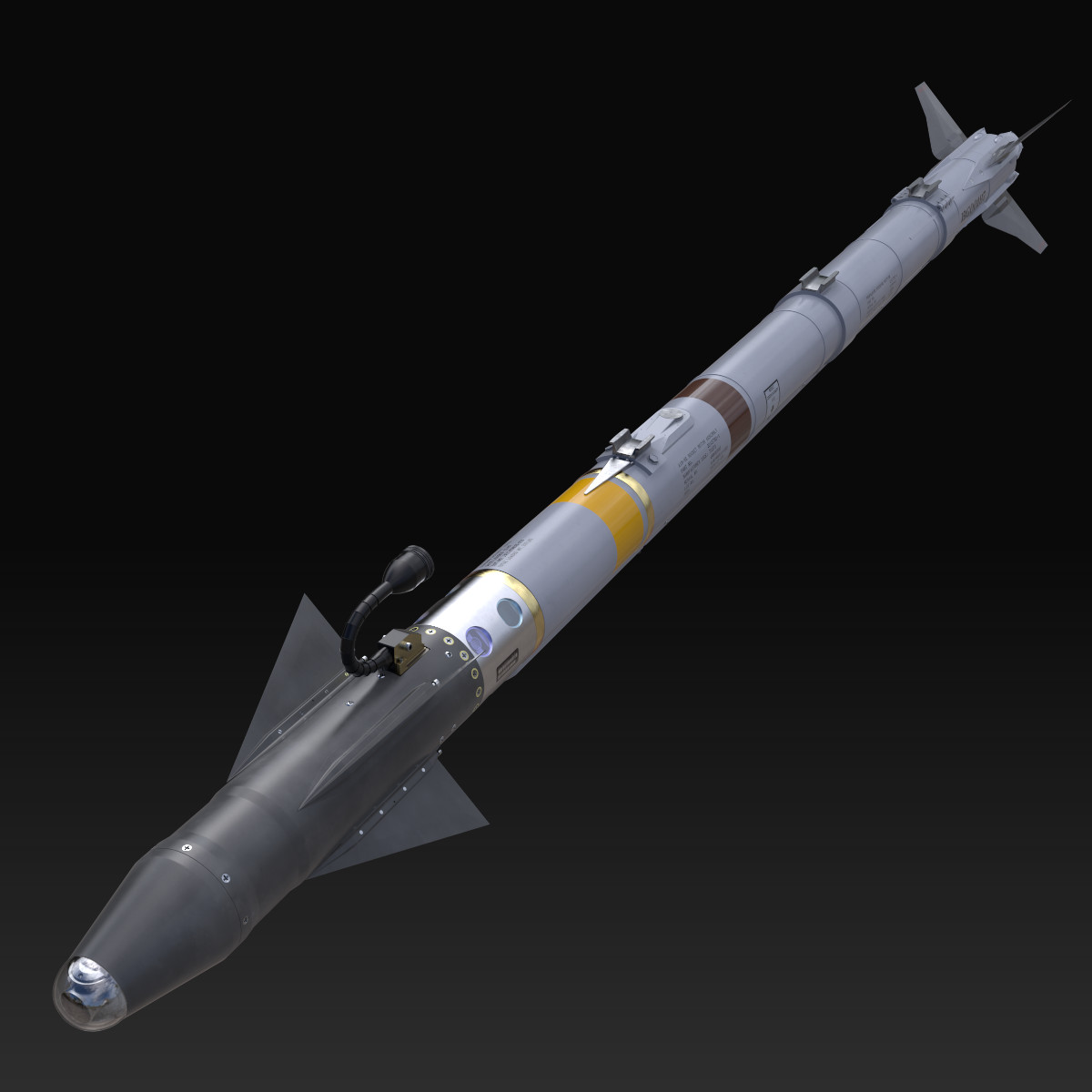D I R E C T O R


OUT OF CHARACTER INFORMATION
- Intent: To create a powerful type of anti-fighter missile for the Confederacy of Independent Systems
- Image Source: x
- Canon Link: N/A
- Permissions: N/A
- Primary Source: N/A
- Manufacturer: Roble Manufacturing
- Affiliation: Closed-Market
- Model: M13 Wake Discord Missle
- Modularity: No
- Production: Mass-Produced
- Material:
- Classification: Assault Concussion Missile
- Size: Extremely Large
- Weight: Extremely Heavy
- Explosive Type: Kuradium Charge
- Delivery Method: Self-Propelled
- Effective Range: Battlefield
- Area Of Effect: Large
- Stopping Power: Extreme
- The Kuradium warhead of the Firefly missile is highly explosive and can cause extreme damage to a ship's superstructure as well as vital systems. The warhead functions by utilizing a soft-break Ammonium Nitrate blister that, when extreme pressure is applied (equivalent to the missile striking a hull) explodes, mixing Ammonium Nitrate with the Kuradium of the warhead and creating an explosive chain reaction.
- The Firefly missile deploys flares to confuse enemy point-defense targeting systems. Emitting large amounts of light and heat, the flares are fired in an umbrella fashion towards the missile's target and will show up on a ship's lidar, radar, and heat-targeting system making it seem that there are more missiles than there actually are.
- Precision-flight-boosters allow for the Firefly missile to change the angle of impact when in close proximity to its target.
- The durasteel-reinforced tip of the Firefly allows for the missile to puncture a ship's hull and embed itself inside of the ship (the success rate of this being determined by the strength of the target ship's hull).
- Big Boom: The Kuradium warhead of the Firefly missile has extreme explosive power and can cause large amounts of damage if it hits its target.
- Too Many: The flare that the Firefly missile launches when it's within range of its targets point-defense systems are designed to overwhelm and confuse point-defense systems and scanners. These flares stream towards the general direction of the missile's target in an erratic pattern, and from an enemy's perspective, it is hard to distinguish missiles from the flare. When multiple Firefly missiles are deployed at the same time, the flare's advantages are only multiplied.
- Precision Flying: The Firefly is fit with (albeit simple) targeting computers and precision thrusters. This allows for the Firefly to abruptly change direction, usually to more quickly and unpredictably strike at a harsh angle at an enemy ship. This change of trajectory can happen only a few times, depending on the degree of the angle, but it is designed to throw off point-defense systems tracking the missile.
- Safe to Store: The relatively docile nature of the Kuradium used in the Firefly missile's warheads (it cannot be activated without direct contact with ammonium nitrate) means that the Firefly is a much safer missile to store than most conventional warheads and has a less chance of exploding when it's storage containers are damaged or compromised.
- Pierce and Puncture: The front tip of the Firefly missile is encased in a durasteel point, designed to be sharp enough to actually puncture a ship's hull and detonate inside of the ship, causing more internal damage that can be much more fatal than average missile strikes.
- Big Boom, Big Boy: The Firefly missile is a rather large weapon, and thus only bigger ships can feasibly carry large amounts of the missile and the components needed to use this.
- Ricochet and Bounce: The Firefly is not able to puncture ships whose hulls are specially reinforced or use heavily armored plating. In that case, the Firefly will simply detonate on the surface of the ship provided it makes contact.
- Dud: In cases where the Firefly missile does not strike a hull at the speeds required to create enough pressure to burst the Ammonium Nitrate blister within the warhead, the missile could potentially not explode (however this occurring is very rare).
- Shields: Like all missiles, particle shields will block a Firefly missile from making contact with its hull.
- Visual Tracking: The flare system of the Firefly will not be as effective against point-defense systems that rely on visuals.
Designed to be an upgraded, more outfitted, and modern version of Brayde Industry's BAK-24 Assault Concussion Missile, the M19 Firefly Assault Concussion Missile is designed to counter most conventional forms of point-defense that usually lessen a missile's success rate in combat. Built with precision boosters that can alter its flight trajectory, the Firefly is designed to fly in a soft arc towards its target (at long ranges) and at the last second adjust into an extremely harsh angle to hit its target hardest, which could throw off targeting systems on point-defense weaponry. It also has a durasteel-reinforced tip designed to allow the Firefly missile to puncture its target's hull and detonate its explosive Kuradium warhead inside of ships' superstructure.
But perhaps the key element in the Firefly's missile design is the payload of flares that are carried within the missile's chassis. When the missile is within close range of its target's point defense system (not the exact range, rather a distance in which the highest number of missiles tend to be taken out by point defense) it deploys its flares in an erratic formation, all streaming at similar speeds to the target ship. With a similar heat signature and appearance to the Firefly missile itself, the flares can distract and confuse targeting systems. While this is marginally less effective when organics are operating point-defense systems with manual targeting, this is counterbalanced by the Firefly missile's speed that makes it extremely challenging to hit it in the first place without computer assistance.
Changes Made: Formatting
Last edited:






